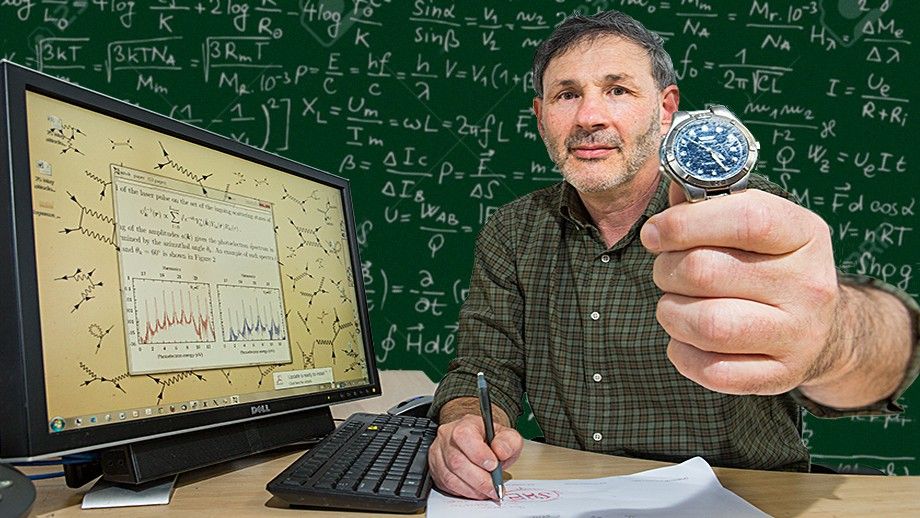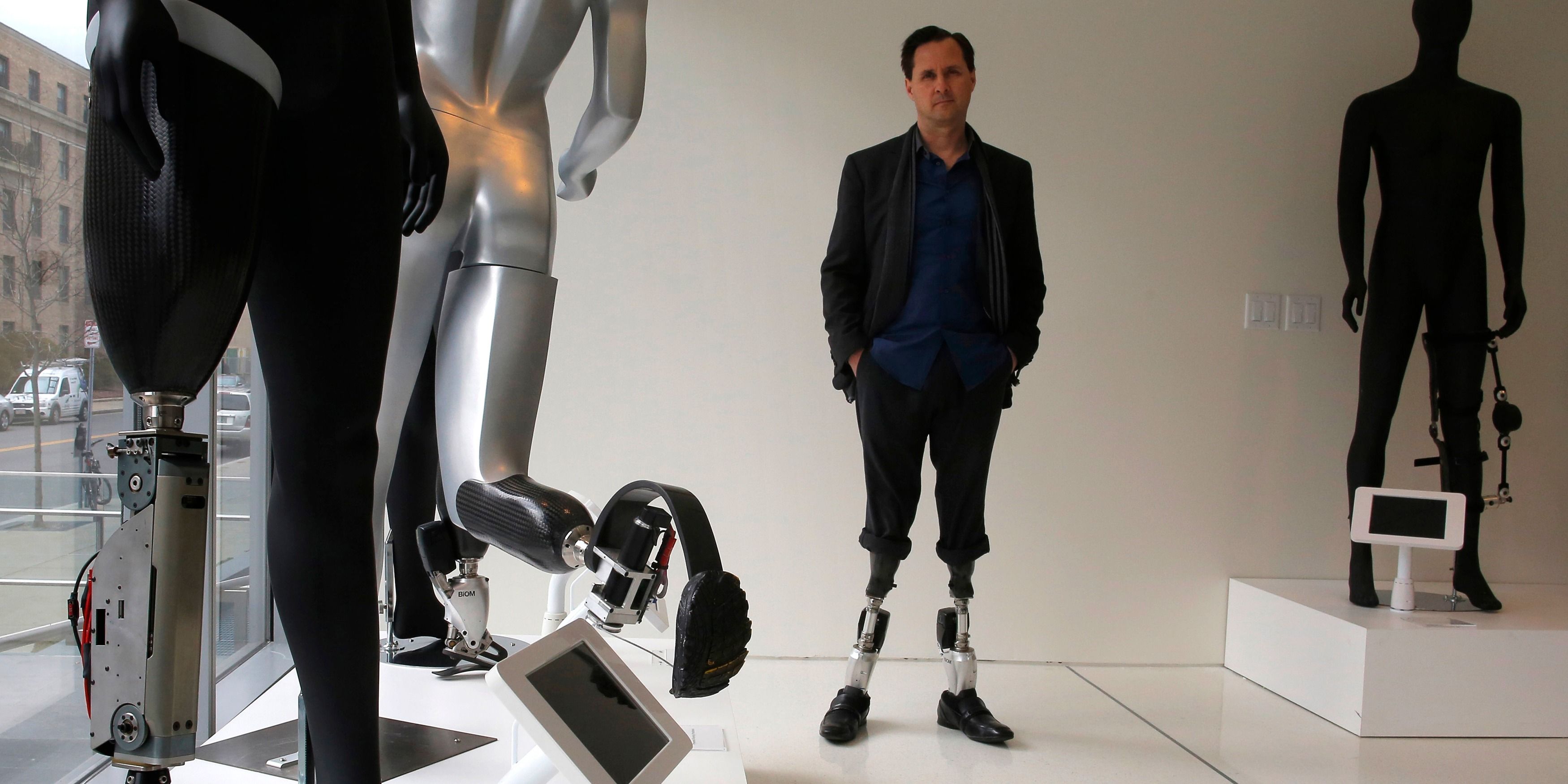Aug 18, 2015
Using drones to explore space
Posted by Laura Samsó in categories: alien life, asteroid/comet impacts, automation, defense, drones, economics, engineering, futurism, innovation, space
Long time ago I was wondering why not to use drones (• (named for that concrete application Extreme Access Flyers) to explore the space, to reach new planets, asteroids … it would be exciting … rovers are limited in action, so what if we make it airborne? Once in space, why not to send a drone or a swarm of them from the main spaceship to explore a new planet? They could interact, share capabilities, morph, etc.
While the economy looks more or less promising for civil and military, there is still a long path to walk …
“Teal Group’s 2015 market study estimates that UAV production will soar from current worldwide UAV production of $4 billion annually to $14 billion, totaling $93 billion in the next ten years. Military UAV research spending would add another $30 billion over the decade.”
Read more at http://www.suasnews.com/2015/08/37903/teal-group-predicts-wo…-forecast/
 Long time ago I was wondering why not to use drones (
Long time ago I was wondering why not to use drones (














